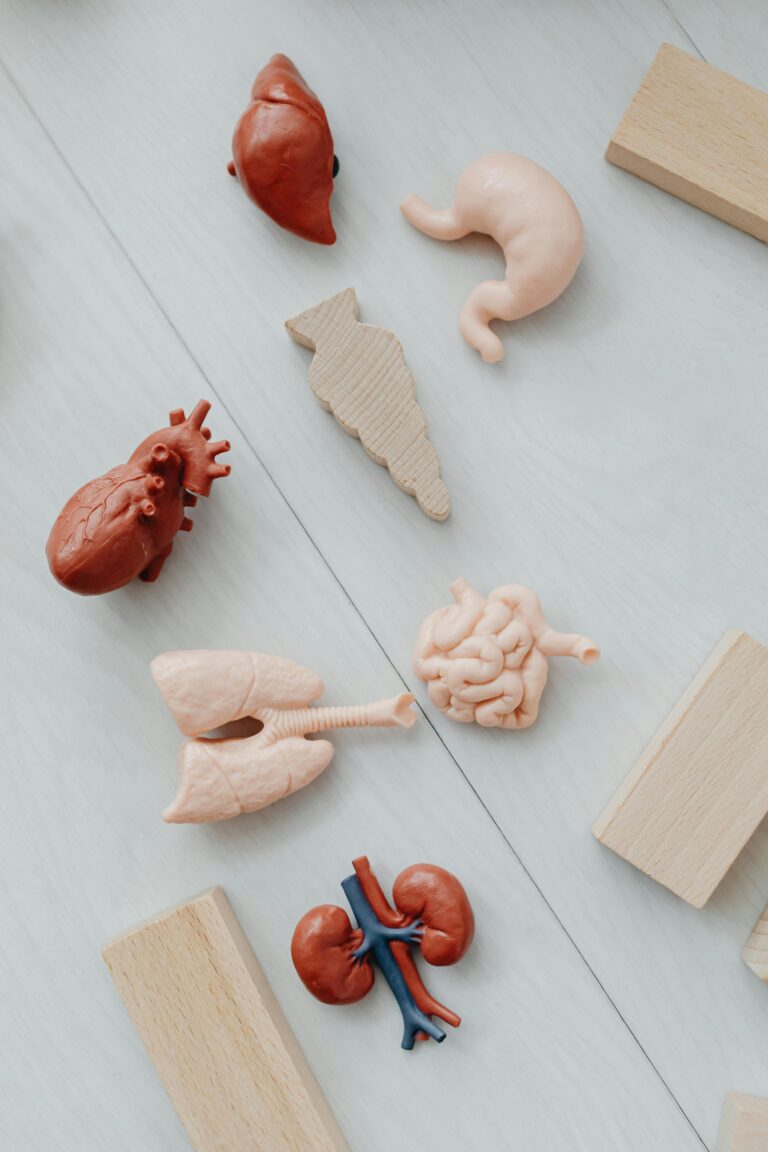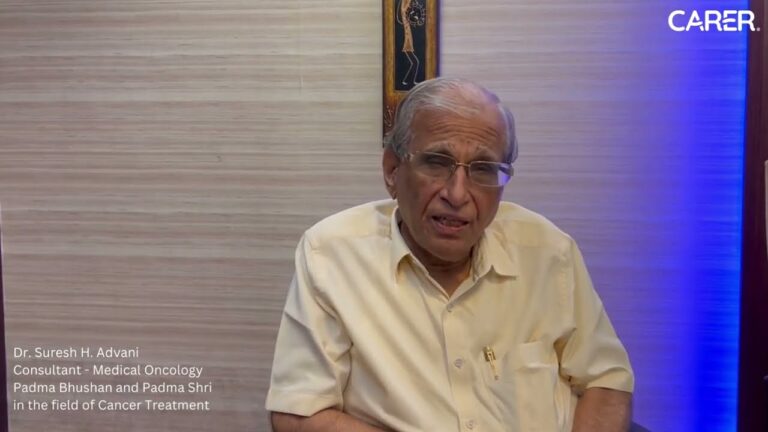Managing Cancer Treatment Side Effects with Physical Therapy

Cancer treatment often brings various side effects that can significantly impact a patient's quality of life. Physical therapy offers a valuable approach to managing these symptoms, enhancing overall well-being, and improving recovery outcomes.
Benefits of Physical Therapy for Cancer Patients:
- Improves Energy Levels: Regular physical activity can boost energy and reduce feelings of fatigue.
- Decreases Fatigue: Physical therapy helps combat fatigue, a common side effect of cancer treatment.
- Maintains Healthy Weight: Exercise aids in weight management, which is crucial for overall health.
- Relieves Stress: Physical activity can reduce stress levels, promoting mental well-being.
- Strengthens Muscles: Strengthening exercises help maintain muscle mass and function.
Exercise and Cancer Pain
Exercising with cancer pain doesn't need to be strenuous. Simple exercises, such as walking, can significantly help manage cancer symptoms and pain. Movement stimulates circulation, reduces muscle and joint inflammation, and provides relief from body pain.
Managing Lymphedema
Lymphedema, a common side effect of cancer treatment involving lymph node removal or irradiation, can be managed with physical therapy. Signs and symptoms include:
- Swelling in arms, legs, shoulders, hands, fingers, chest, or neck.
- Skin feeling tighter, harder, or thicker in the affected area.
- Aching, tingling, or a heavy sensation in the limb.
- Weakness and reduced mobility in the affected arm or leg.
- Pitting in the tissues of the limb.
- Tighter-fitting clothing, rings, bracelets, or shoes.
- Repeated infections in the limb.
- Joint pain and difficulty in daily activities.
Managing Fatigue
Fatigue is a challenging side effect of cancer treatment, often leading to poor appetite, mental distress, and increased body pain. Physical movement and exercise are effective ways to manage and reduce fatigue. Movement releases endorphins, boosting energy levels and improving overall mood.
Improving Appetite
Physical exercise can also help improve appetite, which is often reduced due to treatment-related nausea and vomiting. Engaging in any form of movement that expends energy stimulates hunger, helping patients manage these symptoms better.
Enhancing Sleep
Sleep is crucial for the immune system and overall recovery of cancer patients. Many experience insomnia or disturbed sleep cycles during treatment. Including a daily exercise regimen can drastically improve sleep quality, aiding in better recovery and healing.
Conclusion
Physical therapy is a powerful tool for managing the side effects of cancer treatment. From reducing pain and fatigue to improving appetite and sleep, incorporating regular physical activity can significantly enhance the quality of life for cancer patients. Always consult with a healthcare provider or physical therapist to tailor an exercise program that suits your specific needs and capabilities.









